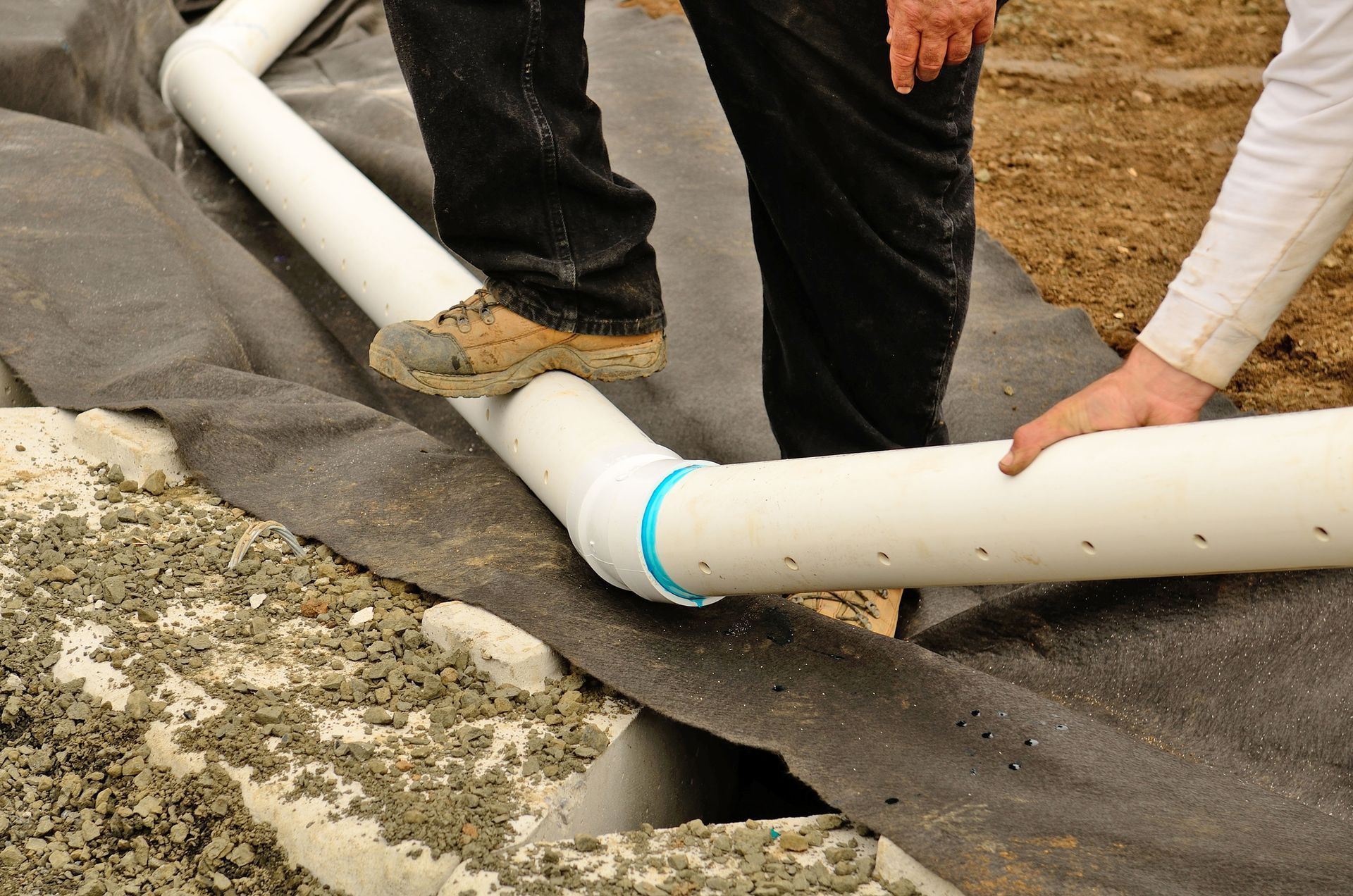The Role of a Drainfield in Your Property's System

Have you ever heard of a drainfield, also known as a leach field? It's an essential part of your property's wastewater system, yet it's often overlooked or misunderstood. If you have a septic system, you most likely have a drainfield, and understanding its role can help you keep your system functioning properly. In this blog post, we'll delve into the purpose of a drainfield, how it works, and what you can do to maintain it.
What Is a Drainfield?
A drainfield, or leach field, is a system of pipes that allows wastewater from your septic tank to drain and seep into the ground. It's typically made up of trenches filled with gravel and perforated pipes that distribute the water into the soil. The soil acts as a natural filter that removes impurities and bacteria from the water as it percolates through the ground.
How Does a Drainfield Work?
When you flush your toilet or run your sink, the wastewater goes down a drain and into your septic tank. In the tank, solid waste settles at the bottom, while oils and grease rise to the top.
The remaining liquid, called effluent, is then discharged from the tank and directed toward the drainfield. The perforated pipes distribute the effluent into the soil, where it's slowly absorbed and filtered. Over time, the soil and microbes break down any remaining impurities and return the clean water to the groundwater supply.
Why Is a Drainfield Important?
A drainfield is important for two main reasons. It protects the environment and prevents expensive system failures. By filtering and treating wastewater, it helps prevent pollution of nearby water sources, such as lakes, rivers, and streams. At the same time, it ensures that your septic system functions properly. Without a functioning drainfield, effluent can back up into your home, clog your pipes, and damage your septic tank, causing costly repairs.
How Do You Maintain a Drainfield?
Proper maintenance is essential for ensuring your drainfield works properly and lasts for decades. Here are a few tips to keep in mind.
Conserve Water
Using too much water can overload your system and reduce its effectiveness. Fix leaks, install low-flow fixtures, and spread out laundry and dishwashing to avoid overwhelming the system.
Avoid Chemical Use
Harsh chemicals can kill the beneficial bacteria in your septic tank and disrupt the treatment process. Use natural cleaning products and avoid pouring anything toxic down your drains.
Pump Regularly
Your septic tank should be pumped every few years to remove accumulated solids. If left unchecked, these solids can clog pipes and damage
Be Mindful of What You Flush
To maintain optimal efficiency, refrain from disposing of anything other than human waste and toilet paper in the toilet. Likewise, avoid using your sink as a garbage can, as food waste and cooking oils can lead to pipe blockages and reduce the effectiveness of your system.
Regularly Pump Your Septic Tank
Pumping your septic tank every few years can prevent solids from building up and clogging your pipes.
Keep Heavy Vehicles Off Your Drainfield
Driving or parking on your drain field can compact the soil and damage the pipes. Keep heavy vehicles, including lawnmowers and ATVs, off the field to protect them.
Regularly Inspect Your System
Schedule regular inspections of your septic system to catch any potential problems before they become expensive repairs.
A drainfield might not be the most glamorous or exciting part of your property, but it plays a crucial role in keeping your wastewater system functioning properly. By understanding its purpose and taking steps to maintain it, you can ensure that your system lasts for decades and protects nearby water sources.
For more plumbing solutions and tips, be sure to reach out to the team at Walters Environmental Services.




